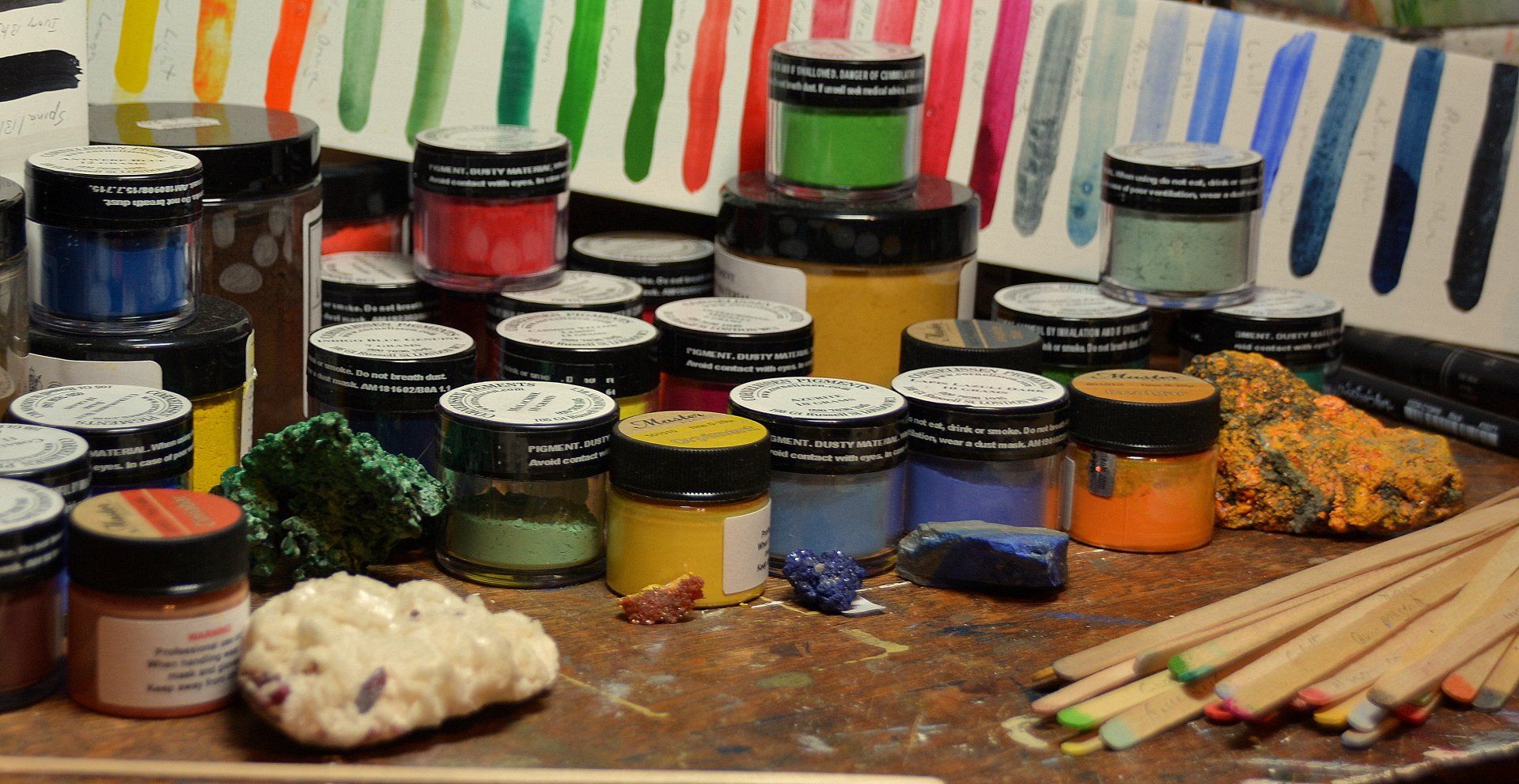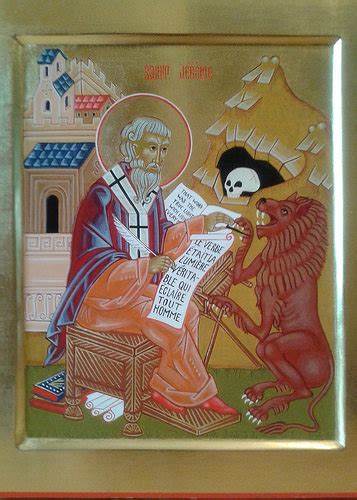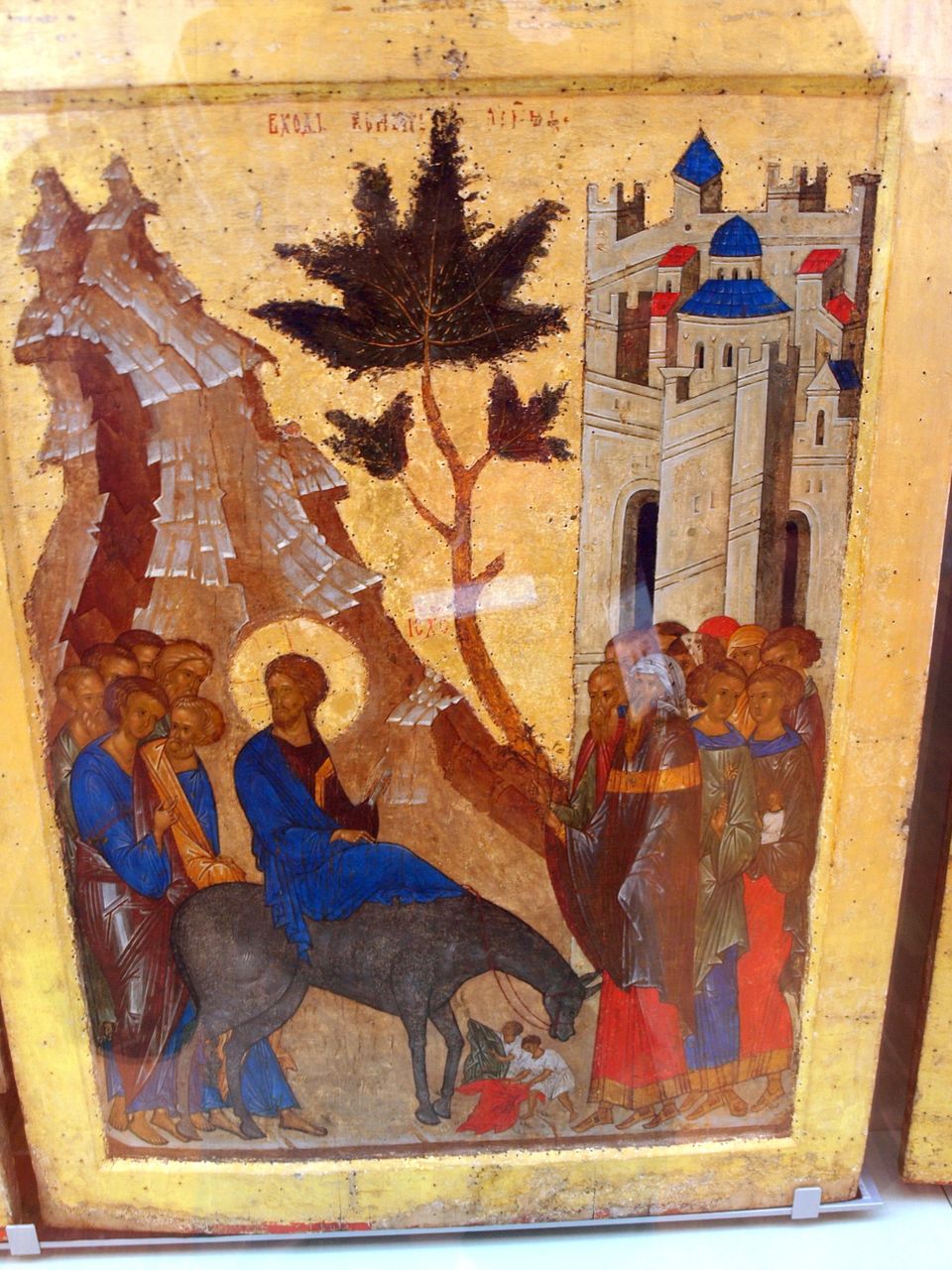Icons
Icons
I have always enjoyed art. I didn't actually see myself as an artist until I was in Theological collage. Thanks to an episode of Bob Ross and his happy little trees I discovered that "yes I can paint" Art and spiritual expression I believe were born at the same time. I would imagine that as the faith grew so did the expression of faith in art. As I began reading to write this I was surprised that there was a great resistance to creating art. "During the early history of the Christian Church, however, there was very little Christian art, and the church generally resisted it with all its might. Clement of Alexandria, for example, criticized religious (pagan) art for encouraging people to worship that which is created rather than the Creator." This is from an online article published by the Encyclopedia Britannica. (Yes people still use Encyclopedias).By the 2nd century despite objections Christian art is being created.Some of the oldest examples can be found in the catacombs in Rome with a depiction of Christ as the Good shepherd. Now I have always seen icons as art. Several years ago I travelled to Russia to explore the idea of Icons as art and maybe to begin to understand how they played a part in the expression of faith. This is something that we will explore as we make our journey. This past June I took part in an Icon course and actually painted one. It was there that I began to understand that Icon is really not a piece of Art but something much more although it does use art as that vehicle for expression. So here our journey begin as we will learn together and come to hopefully understand and learn about icons. Follow me as I begin to write another Icon learn about the depth of Icons as we begin this Iconic Journey together.





